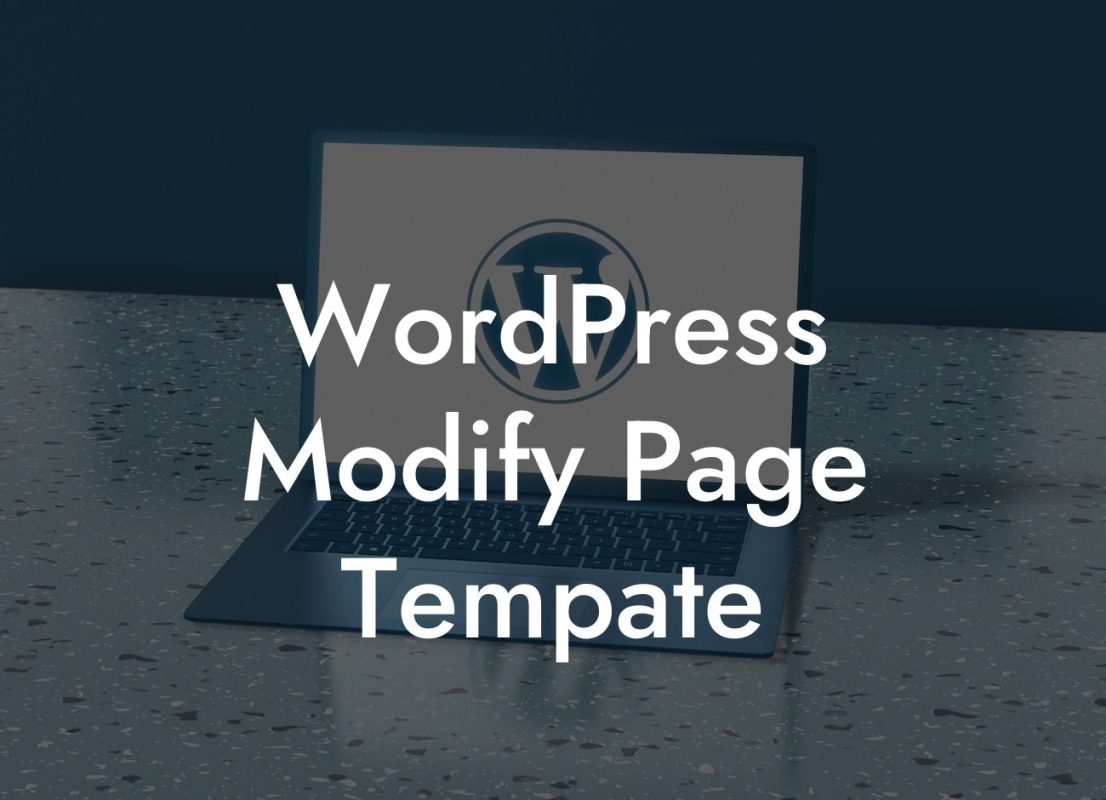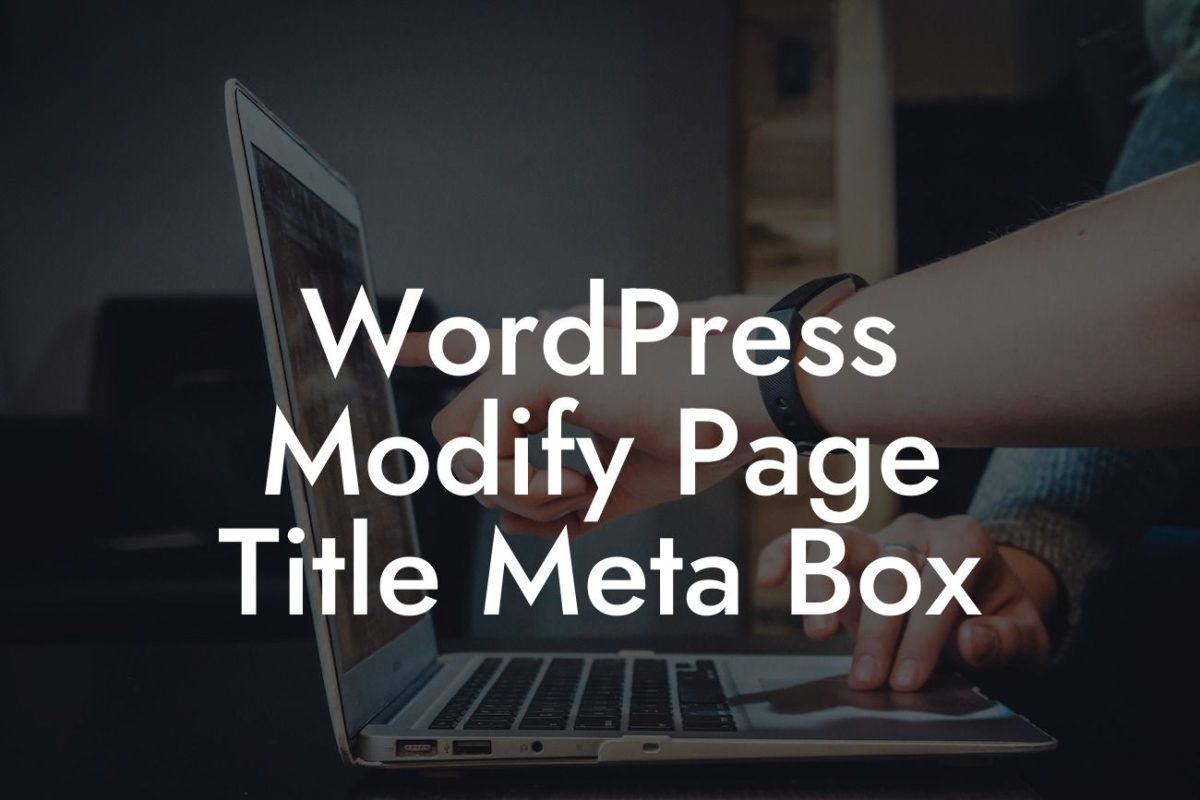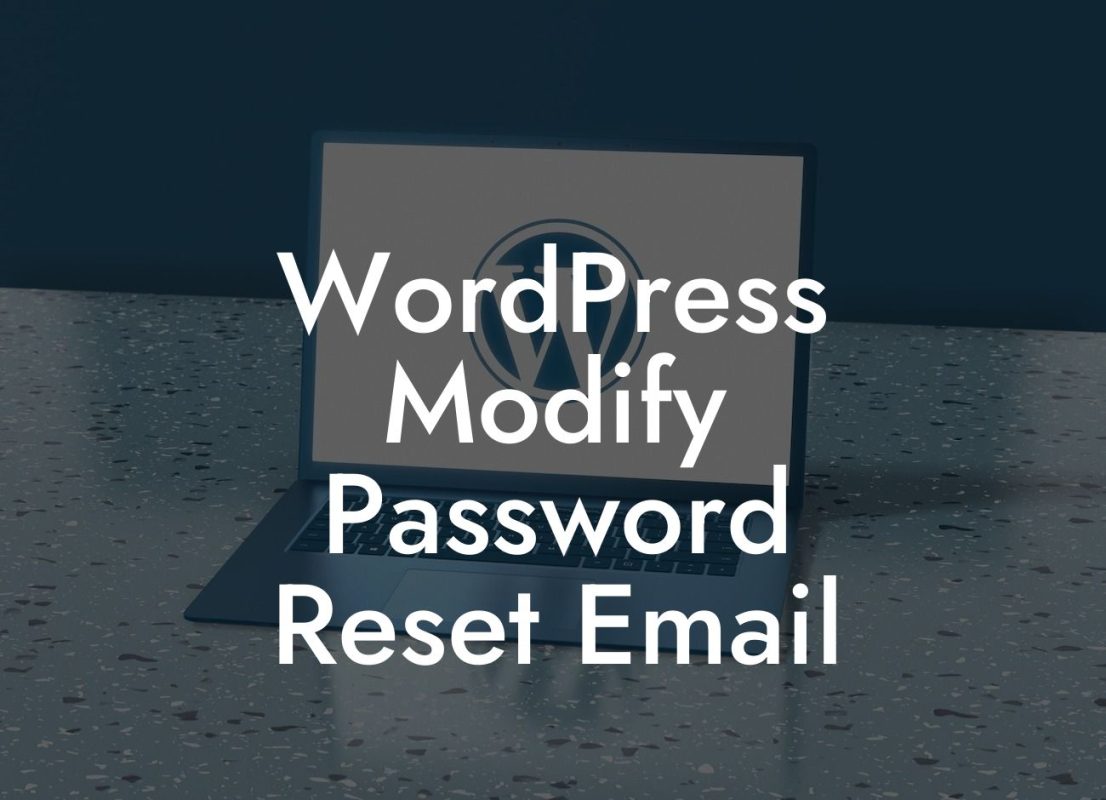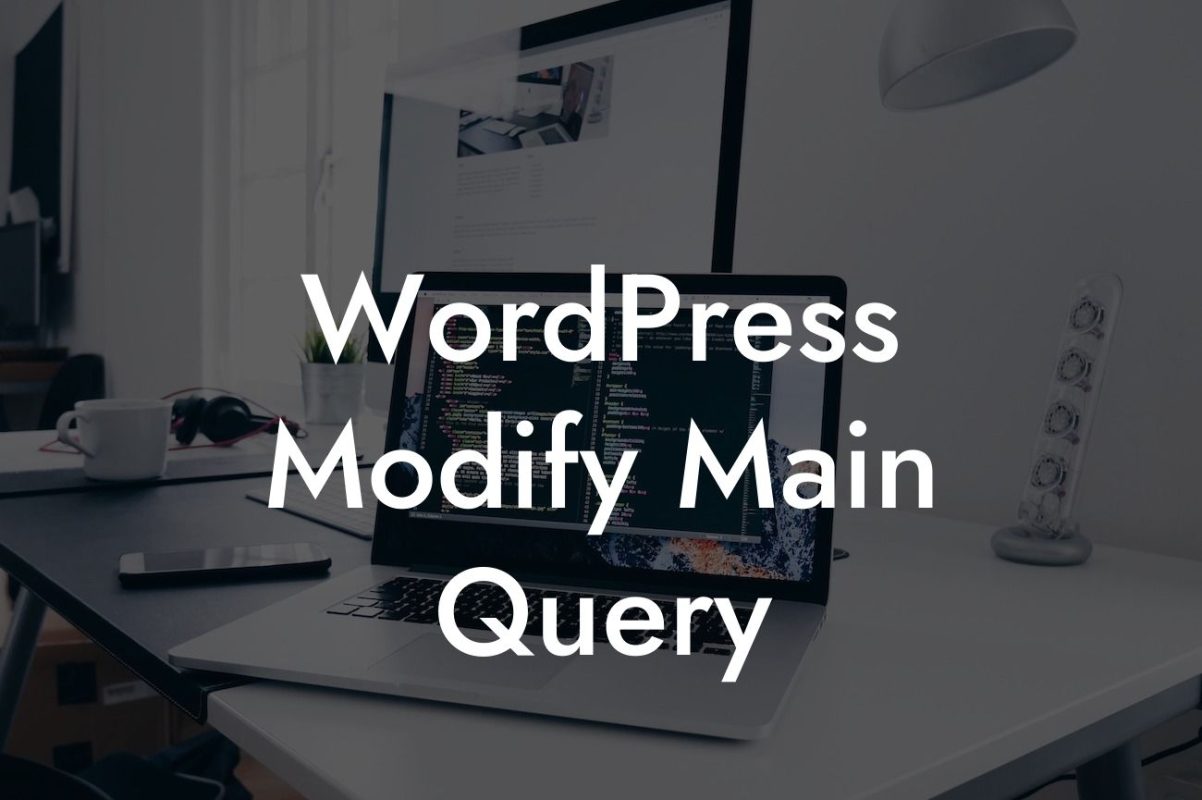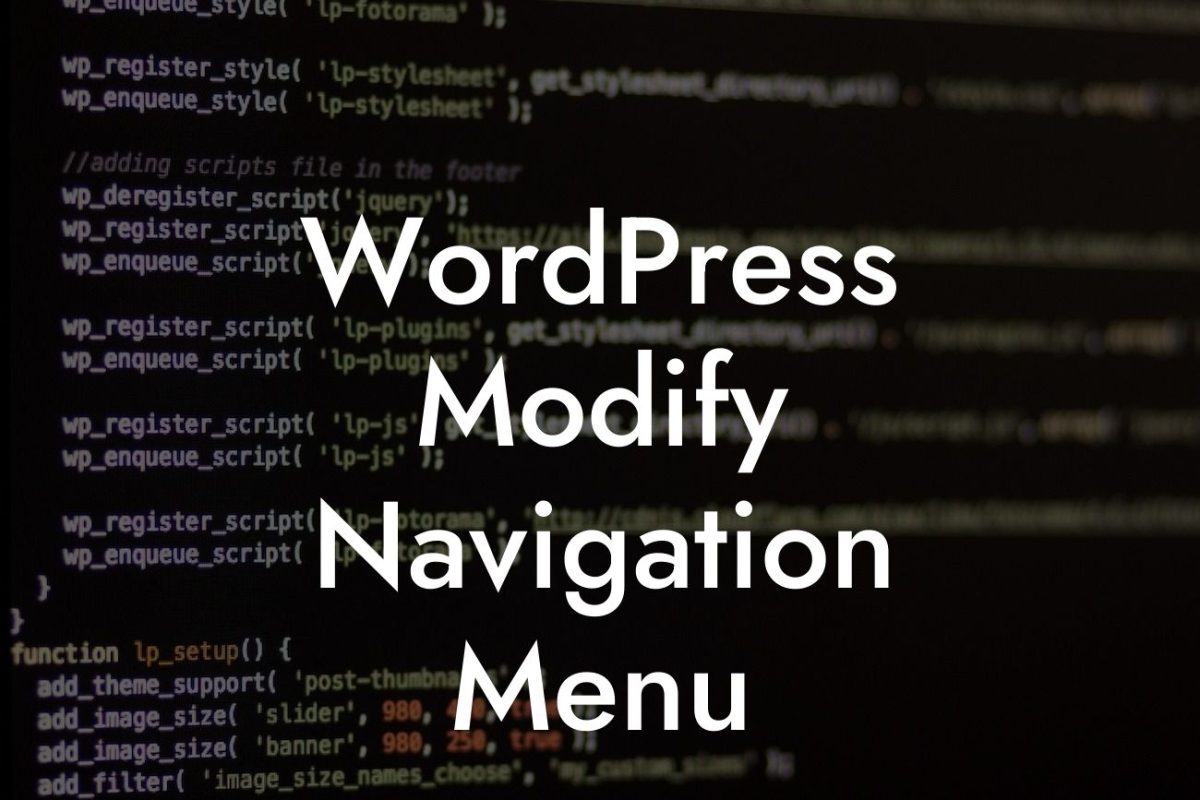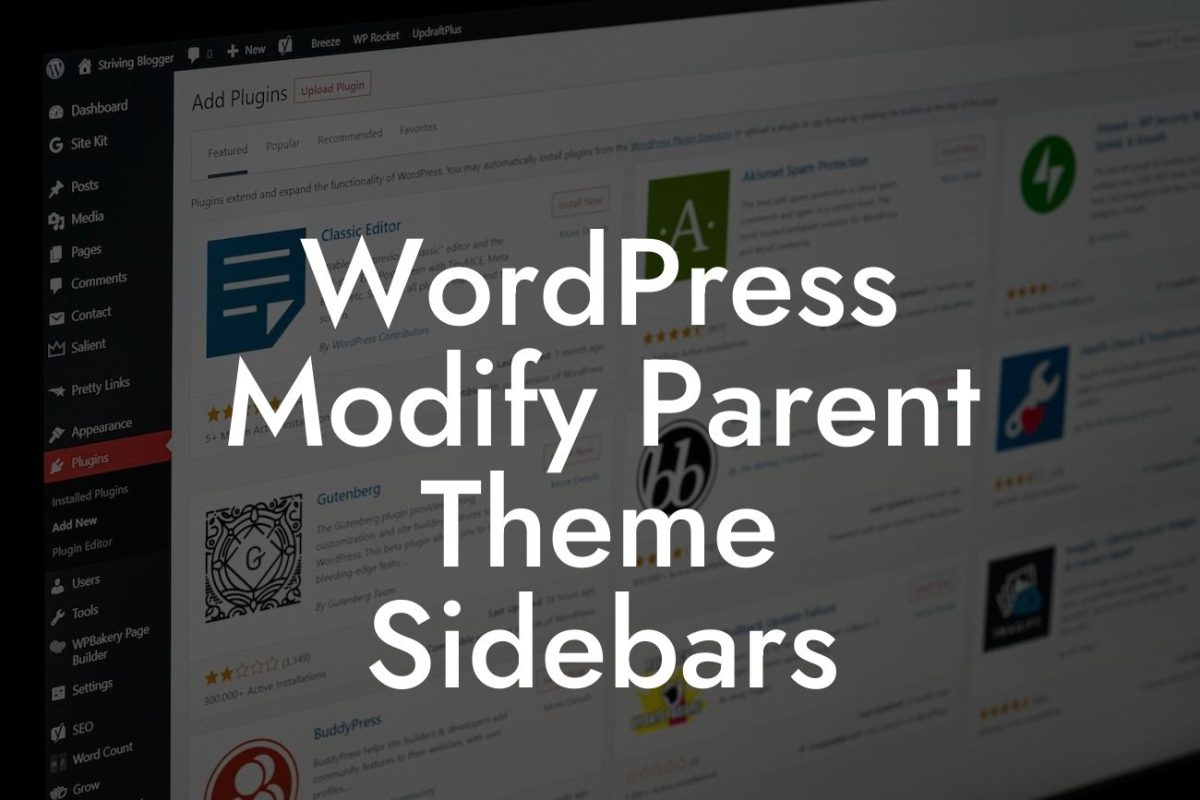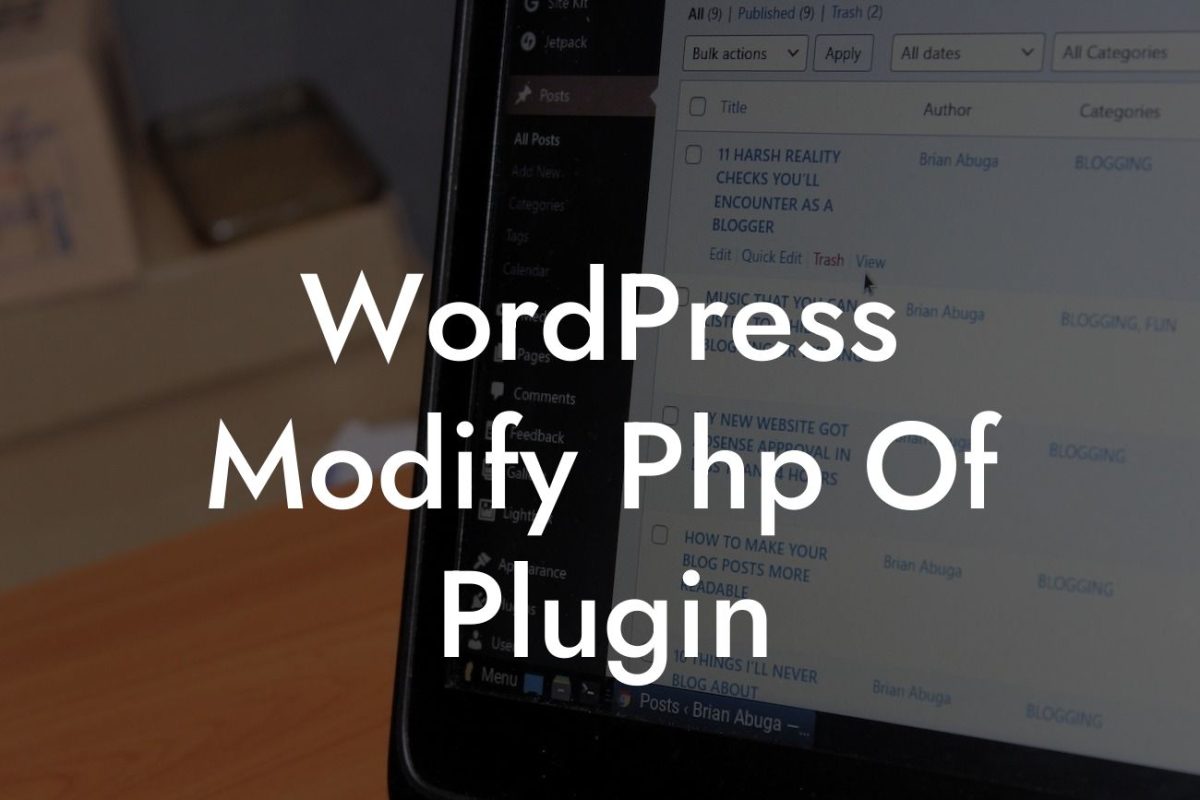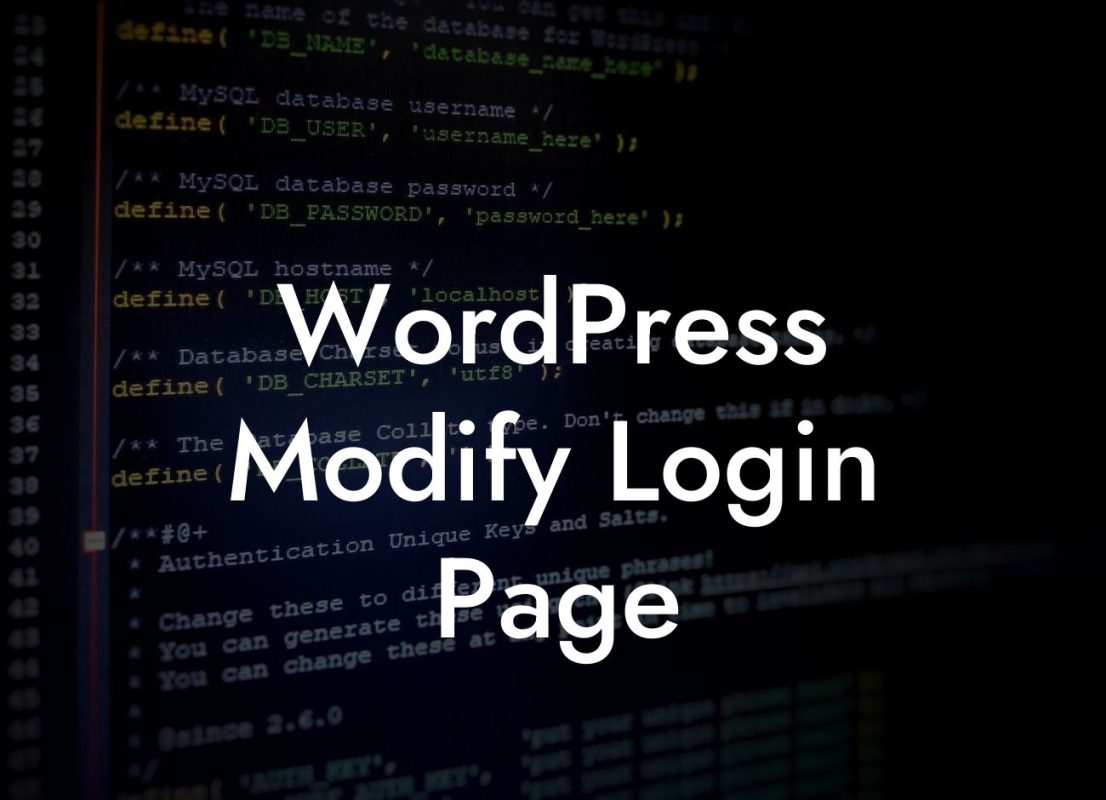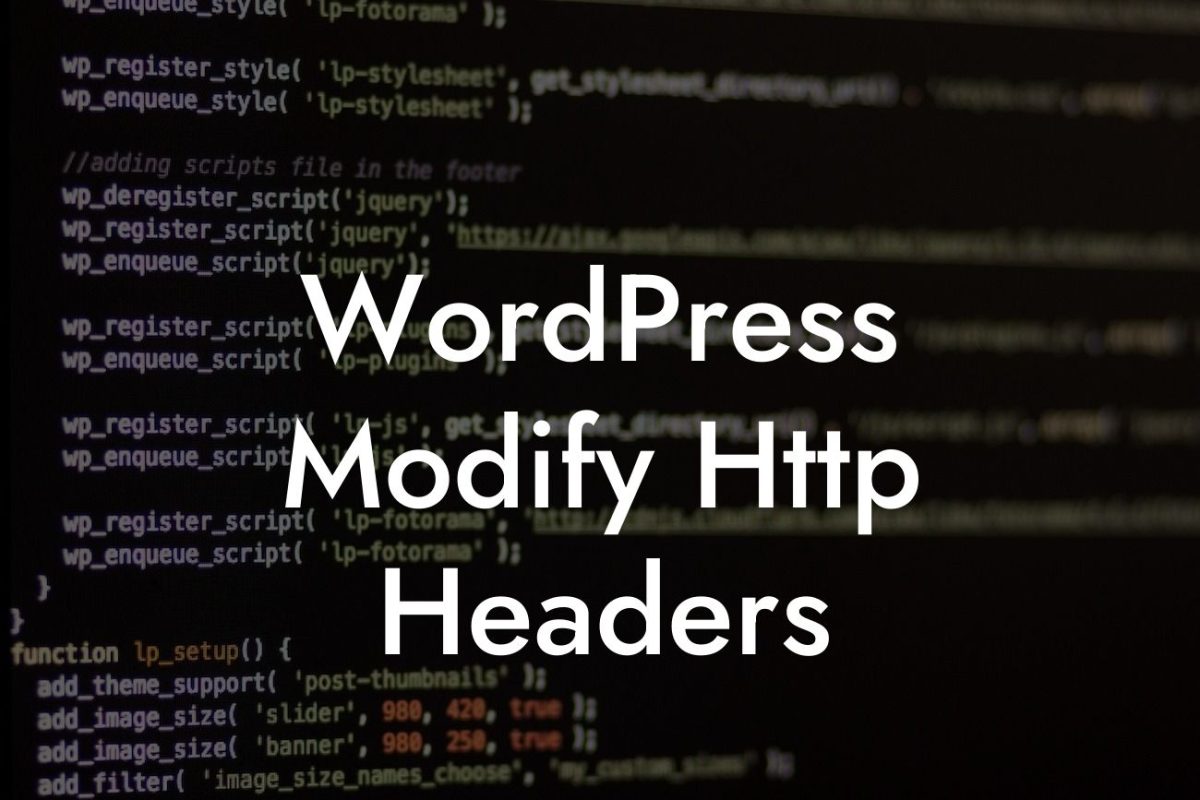Multisite customization in WordPress is a powerful feature that allows you to manage multiple websites from a single installation. However, it can sometimes present challenges, especially if your Wp-Admin is not located in a subdirectory. But fret not, because DamnWoo has got your back. In this article, we will dive deep into the common issues faced with Multisite Customize and provide you with practical solutions to overcome them. Get ready to elevate your online presence and unlock the full potential of your WordPress multisite installation.
First, let's address the issue of your Wp-Admin not being in a subdirectory. This can cause problems with Multisite Customize functionality as WordPress assumes the default structure of the admin area. To resolve this, follow these steps:
1. Move Wp-Admin to a subdirectory: By relocating your Wp-Admin to a subdirectory, you can ensure a smoother multisite customization experience. This can be done by creating a new directory in your WordPress installation and moving the Wp-Admin files and folders into it. Be sure to update the necessary configuration files.
2. Update the site URL: After moving the Wp-Admin, update the site URL in the WordPress settings. Go to "Settings" > "General" and edit the "WordPress Address (URL)" and "Site Address (URL)" fields to reflect the new subdirectory structure. Save the changes to ensure proper functioning of Multisite Customize.
Multisite Customize In Wordpress Not Working Wp Example:
Looking For a Custom QuickBook Integration?
Let's consider an example to illustrate the process. Suppose your Wp-Admin is currently in the root directory, and you want to move it to a subdirectory named "admin." Here's what you need to do:
1. Create a new directory called "admin" within your WordPress installation.
2. Move all Wp-Admin files and folders to the newly created "admin" directory.
3. Open the "index.php" file within the root directory and replace the line:
`require( dirname( __FILE__ ) . '/wp-blog-header.php' );`
with:
`require( dirname( __FILE__ ) . '/admin/wp-blog-header.php' );`
4. Update the "wp-config.php" file located in the root directory. Find the following line:
`define('WP_SITEURL', 'http://' . $_SERVER['HTTP_HOST'] . '/');`
and change it to:
`define('WP_SITEURL', 'http://' . $_SERVER['HTTP_HOST'] . '/admin/');`
5. Similarly, find the line:
`define('WP_HOME', 'http://' . $_SERVER['HTTP_HOST'] . '/');`
and change it to:
`define('WP_HOME', 'http://' . $_SERVER['HTTP_HOST'] . '/admin/');`
These steps will ensure that your Wp-Admin is moved to the subdirectory, and all Multisite Customize functionalities work seamlessly.
Congratulations! You have successfully resolved the issue of Multisite Customize in WordPress when your Wp-Admin is not in a subdirectory. Say goodbye to limitations and embrace the extraordinary power of DamnWoo's WordPress plugins. Make sure to share this article with others facing similar challenges, explore our other guides on DamnWoo, and try out our awesome plugins to supercharge your online success. Remember, cookie-cutter solutions won't do when you can have the extraordinary.




